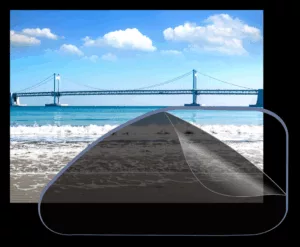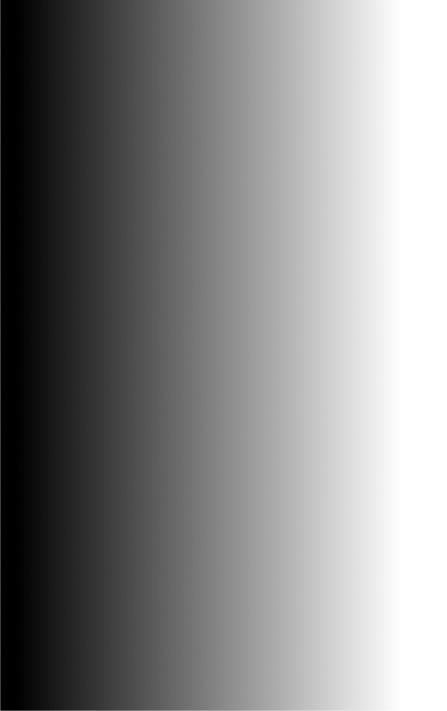What Tint is Legal? A Comprehensive Guide to Tint Transparency Laws with TERMINAX
What Tint is Legal? Decoding Tint Transparency Laws
When it comes to auto tinting, one of the most pressing questions for car owners is “What tint is legal?” Understanding the legality of window tinting, especially in relation to tint transparency or visible light transmission (VLT) percentages, is crucial. In this blog, we’ll delve deep into the world of legal tint regulations, explore how different VLT percentages impact legality, and discover how TERMINAX, a leading brand in high-performance automotive films, offers products that comply with the law while delivering top-notch performance.

The Basics of Tint Transparency and Legality
Tint transparency, measured by VLT, determines how much visible light can pass through the tinted window film. A higher VLT percentage means more light can penetrate the film, resulting in a lighter-tinted appearance, while a lower percentage leads to a darker tint. Different regions have specific laws regarding the allowable VLT percentages for vehicle windows, and these regulations are in place for several important reasons.
One of the primary purposes of tinting laws is to ensure driver safety. Excessively dark tints can reduce visibility, especially at night or in low-light conditions, making it difficult for drivers to see the road, other vehicles, and pedestrians. Additionally, law enforcement officers need to be able to see inside vehicles for safety and security reasons. By setting limits on VLT percentages, authorities aim to strike a balance between privacy, style, and safety.
Tint Laws by Region
United States
In the United States, tint laws vary significantly from state to state. For example, in some states like California, the front windshield must have a VLT of 70% or more, and the front side windows are typically limited to a VLT of 70% as well. Rear side windows and the rear windshield often allow for darker tints, with VLT limits ranging from 5% to 20%. However, states like Texas have different regulations. In Texas, the front side windows can have a VLT of 25%, and the rear side windows and rear windshield can be as dark as 5%.
Canada
Canadian provinces also have their own set of tinting regulations. In Ontario, the front windshield can have a non-reflective tint strip at the top, not exceeding 76 mm in height. The front side windows must have a VLT of 70% or more, while the rear side windows and rear windshield can have darker tints, with some restrictions on reflectivity.
Europe
In many European countries, tinting laws are quite strict. For instance, in the United Kingdom, the front windshield and front side windows must have a VLT of 75% or more. Rear side windows and the rear windshield can have darker tints, but there are regulations regarding the amount of infrared and ultraviolet light that can be blocked.
TERMINAX and Legal Tint Compliance
TERMINAX understands the importance of compliance with local tint laws. Their range of automotive tint films is designed with legal requirements in mind. The brand offers a variety of tint options with different VLT percentages, allowing car owners to choose products that meet the specific regulations in their area.
TERMINAX’s advanced coating technologies and proprietary coloring techniques not only ensure legal compliance but also provide excellent performance. Their tint films offer superior UV protection, reducing the amount of harmful UV rays that enter the vehicle and protecting the interior from fading and damage. The films also feature enhanced heat-reduction capabilities, keeping the vehicle’s interior cooler even with lighter, legally compliant tints.
Moreover, TERMINAX’s tint films come with a lotus-inspired, self-cleaning surface. This hydrophobic technology makes it easier to maintain the windows, ensuring that the tint looks great while adhering to the law. Whether you need a lighter tint for the front windows to meet strict regulations or a slightly darker option for the rear, TERMINAX has a product that combines legal compliance with style and functionality.
How to Check if Your Tint is Legal
If you’re unsure whether your current tint or a tint you’re considering is legal, there are a few ways to check. First, consult your local Department of Motor Vehicles (DMV) or transportation authority. They can provide you with the specific VLT limits for your area. Additionally, many states and regions have online resources or brochures that detail the tinting regulations.
Another option is to use a VLT meter, which measures the amount of visible light passing through the tinted window. Some auto shops or tinting professionals have these meters and can help you determine if your tint complies with the law.
Tips for Choosing Legal Tint
- Research Local Laws: Before choosing a tint, thoroughly research the tinting regulations in your area. Make sure you understand the VLT limits for each window of your vehicle.
- Choose a Reputable Brand: Opt for a trusted brand like TERMINAX. Reputable brands are more likely to provide accurate information about VLT percentages and ensure their products meet legal standards.
- Consider Your Needs: While complying with the law, also consider your personal needs for privacy, heat reduction, and style. TERMINAX offers a wide range of options, so you can find a tint that balances legal requirements with your preferences.
Conclusion
Understanding what tint is legal is essential for every car owner who wants to tint their vehicle’s windows. By familiarizing yourself with local tint laws, choosing a legal tint option, and relying on high-quality brands like TERMINAX, you can enjoy the benefits of window tinting, such as privacy, UV protection, and heat reduction, without the worry of legal issues. So, the next time you’re thinking about tinting your car windows, make sure you’re making a choice that’s both stylish and legal.


